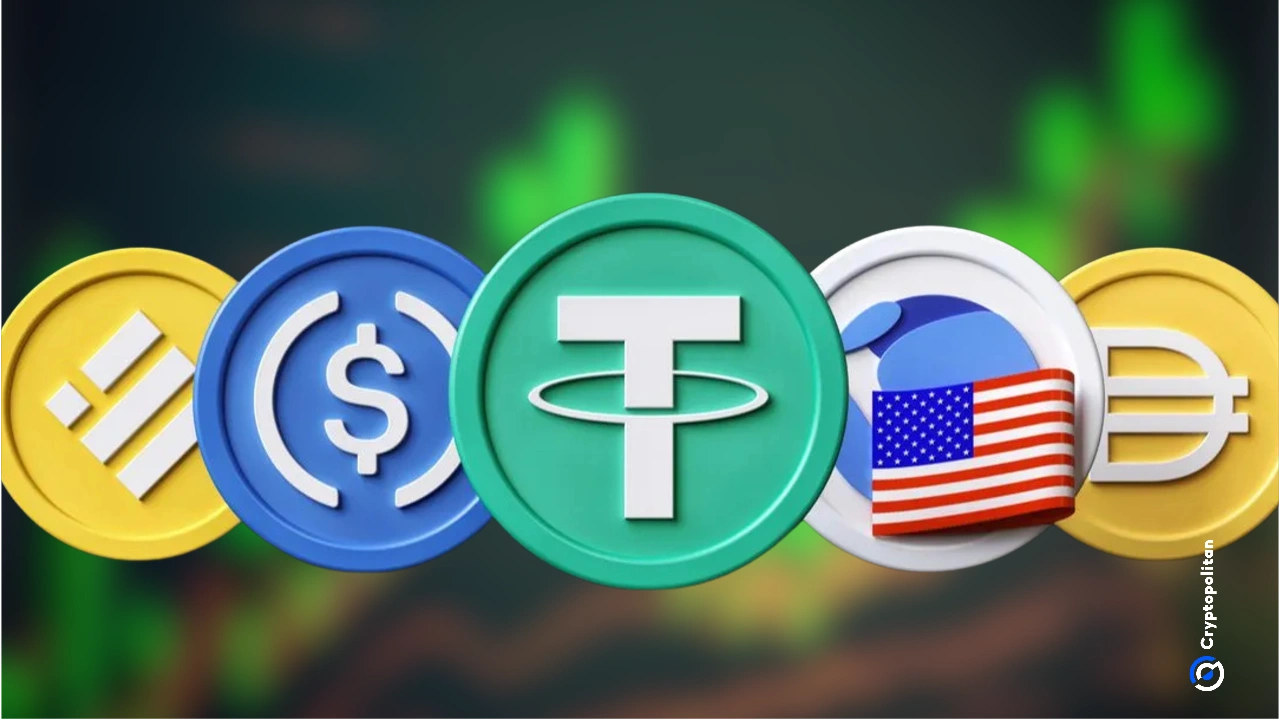The XRP Ledger (XRPL) operates on a Byzantine Fault Tolerant consensus protocol called the Ripple Protocol Consensus Algorithm (RPCA), a system fundamentally different from Proof-of-Stake (PoS) or Proof-of-Work (PoW). Validators do not compete for blocks or lock tokens to participate; instead, they confirm transactions through deterministic voting rounds. Each validator uses a trusted Unique Node [.].
Month: November 2025
Coleen Nolan celebrates baby joy with new family addition – ‘I’m almost lost for words’
Talia Soliai-Tui and Lamona Lauhingoa had 10 kills each as second-seeded Kahuku swept Kamehameha 29-27, 25-19, 25-21 to advance to the Division I final of the HHSAA Girls Volleyball State Championships.
Lisa de Gunst “melts every single time” she sees the trio together, and now she wonders what she was ever worried about.
The post Malaysia’s Central Bank Launches Three-Year Plan to Test Asset Tokenization appeared first has kicked off a three-year programme to test real-world asset tokenisation. A newly released roadmap aims to understand how blockchain-based tokenization can transform Malaysia’s financial landscape, from Islamic finance to supply chain management, with industry feedback open until March 1, 2026. Malaysia’s 3-Year Plan for Tokenization BNM has released a Discussion.
Since 2004, voters have approved 14 citizen-led efforts and rejected 15. Two more are on the ballot next week.





